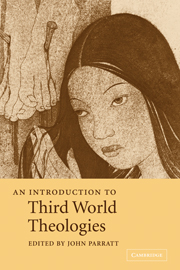7 - The Caribbean
Published online by Cambridge University Press: 05 June 2012
Summary
Geographically, the Caribbean is the region that lies between North and South America. It is the area often referred to as the ‘West Indies’, a name given to it after the mistake of Christopher Columbus, the fifteenth and sixteenth-century European explorer. When Columbus landed on one of the islands in the archipelago, he thought that he had reached India. Historically, the region is where firstly the Spaniards and later on other European powers had placed the slaves whom they had seized from the West African coast. Today, the Caribbean is populated mainly by descendants of Africans, Asians and Europeans. Four European languages are spoken, viz. English, Spanish, French and Dutch, but there are some languages that have been developed locally and orally due to the intermixing of the various idioms. There is, for example a Créole spoken in Haiti whose vocabulary includes words from French, English and some African languages. In Curaçao the Papiementu which is spoken has Dutch, French, Spanish and English words. There are variations of dialects (or patois) in some of the English speaking territories. The Caribbean also includes Guyana, on the South American mainland, mainly because that country shares a common history with the rest of the neighbouring islands.
This chapter acknowledges the road along which theology in the Caribbean has travelled. It examines past movements, current trends and forecasts the likely theological emphases that should arise as the twenty-first century unfolds itself.
- Type
- Chapter
- Information
- An Introduction to Third World Theologies , pp. 163 - 181Publisher: Cambridge University PressPrint publication year: 2004
References
- 2
- Cited by

